Can Dry Plates be developed with Pyro?
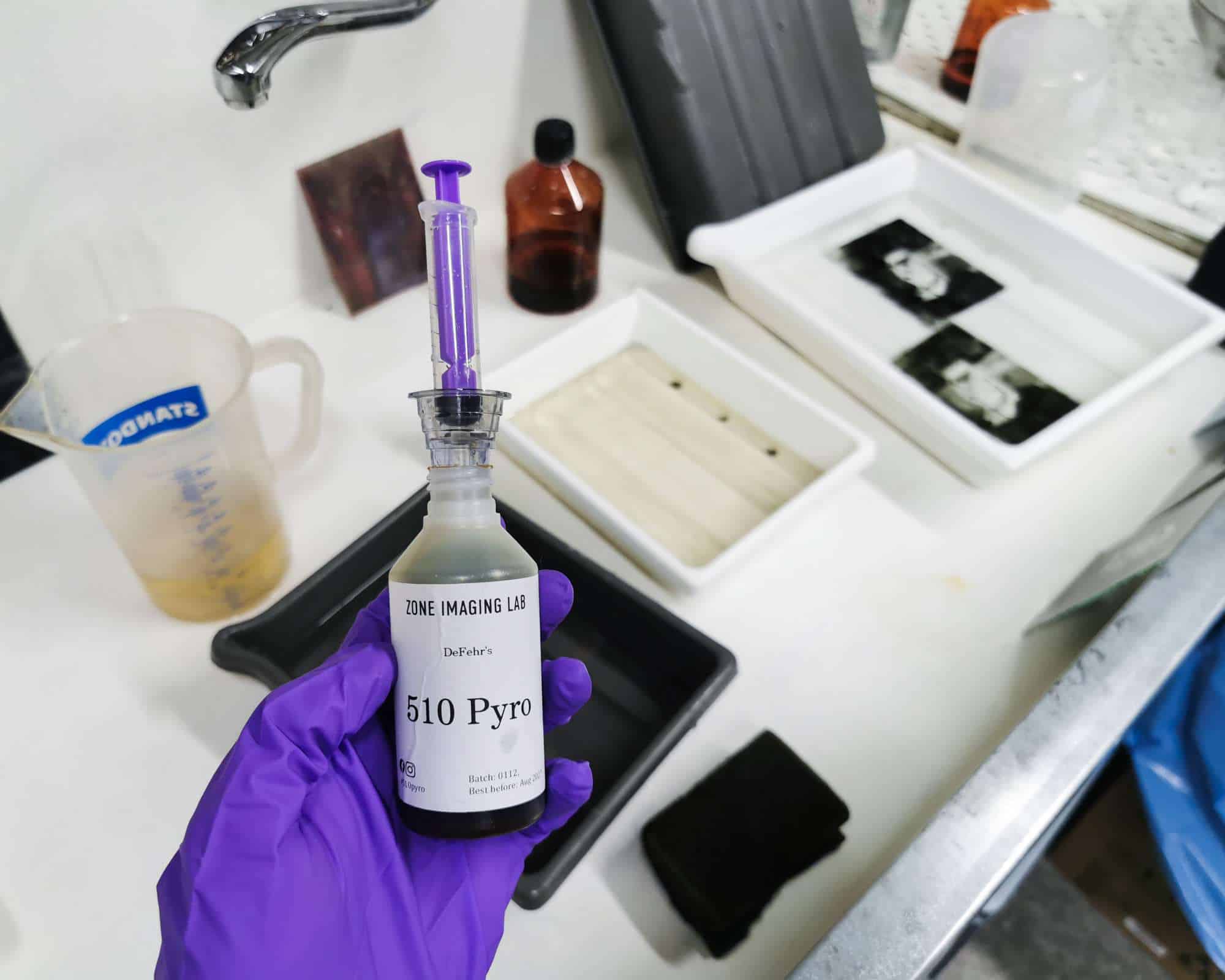
When we talk about Pyro developers it always seems like this is a relatively new and modern invention but that is far from being true. Pyrogallol developer is actually the oldest B&W developer that was widely used in the 19th century but went completely off the radar in the 20th century. It slowly made its proper comeback in the last few years. Back in the 19th century Pyro was the developer of choice by the majority of Dry Plate photographers so I have decided to give it a try.
Goal:
- To see how Pyro Developer behaves with Dry Plates
- Determine exact time of development
- Check if it will affect the physical properties of emulsion in any way like lifting, frilling…
- Make a comparison between 510 Pyro and my developer of choice Kodak HC110
How I approached the test and the dilutions I used?
I first determined my exact exposure time by running a few tests with HC-110 Dil B until I got perfectly negative after 5 min of development. This plate also served me for a comparison later on. Some exposure details:
All exposures were made on 7th of april between 1-1.30pm on a completely sunny day.
I metered for ISO 4 and exposure time was 1/15s at f/8
After figuring out the correct exposure time I ran a few tests with different developing times. I was using 510 Pyro produced by James Lane at 1:100 dilution with water. Each time I constantly agitated for the first 30s and then for 5s each half a minute. Plate was then washed for 1min in tap water and fixed for 4min in Rapid Fixer.

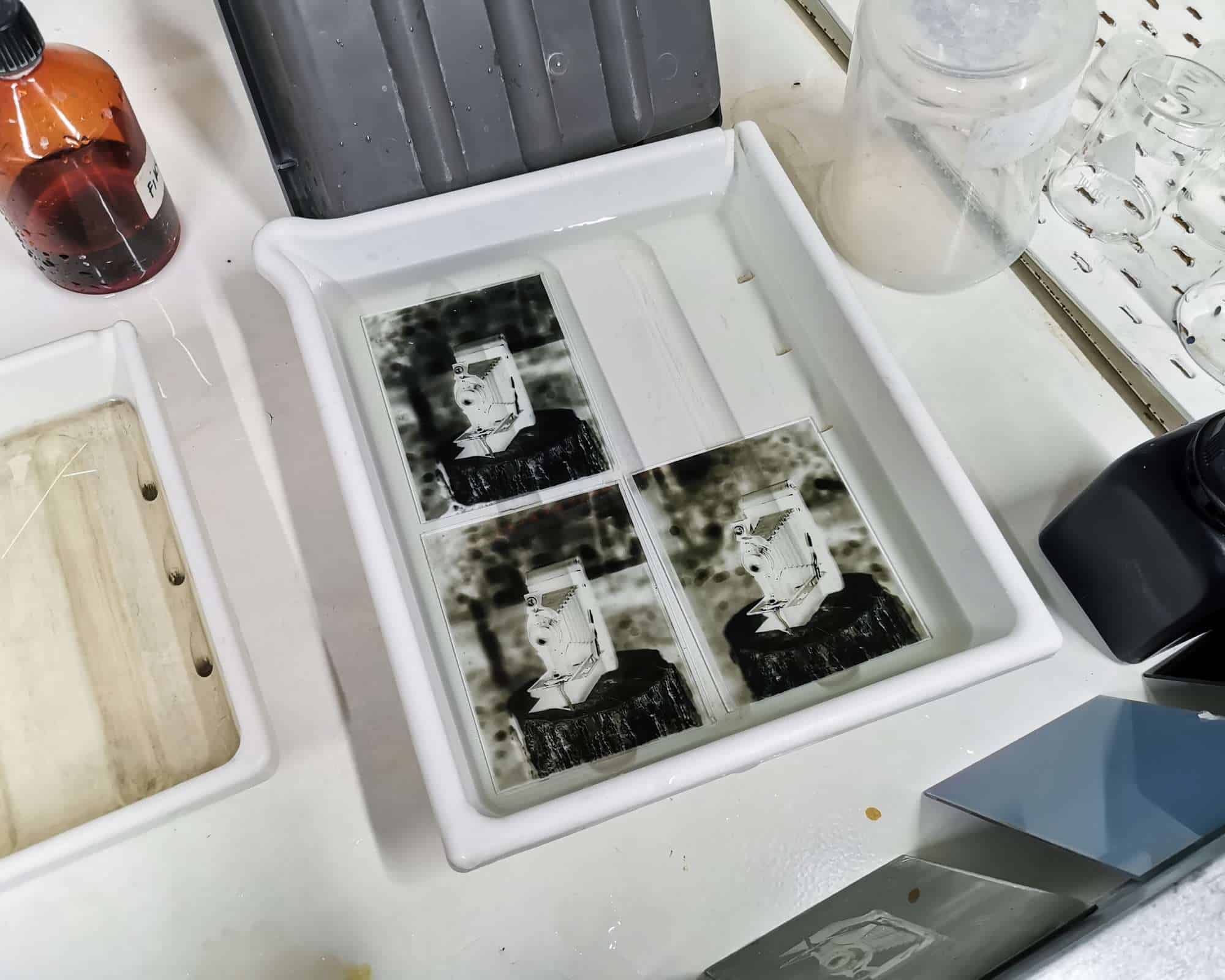
Results:
510 Pyro works a treat with Dry Plates no wonder that it was a preferred developer back in the days. I have never developed with Pyro before so it was something completely new to me. The first thing I learned was that you can definitely not develop another plate after the first one since it gets much darker after the first development and there is a sludge formed floating on the top. From what I have read and the information I got from my customers my goal was to develop from 8-10 minutes but already after the first plate I realized this is gonna be way too long. It’s funny but my ideal development time for 510 Pyro came up to be the same as with HC110 which is 5min. If you expose correctly the highlights will start to appear 25-30s into development and then fully develop pretty fast after that. Shadows on the other hand will come in gradually in the following few minutes. There is a small amount of pyro stain left over resulting in a bit more brownish negative but overall I was very pleased with the results. The negative is tack sharp and seems to have more separation in the highlights compared to the HC-110.
*Sorry as composition wise you can not have 100% comparison between each other. Sun this time of the year is moving fast so I had to move my subject a bit a recompose..

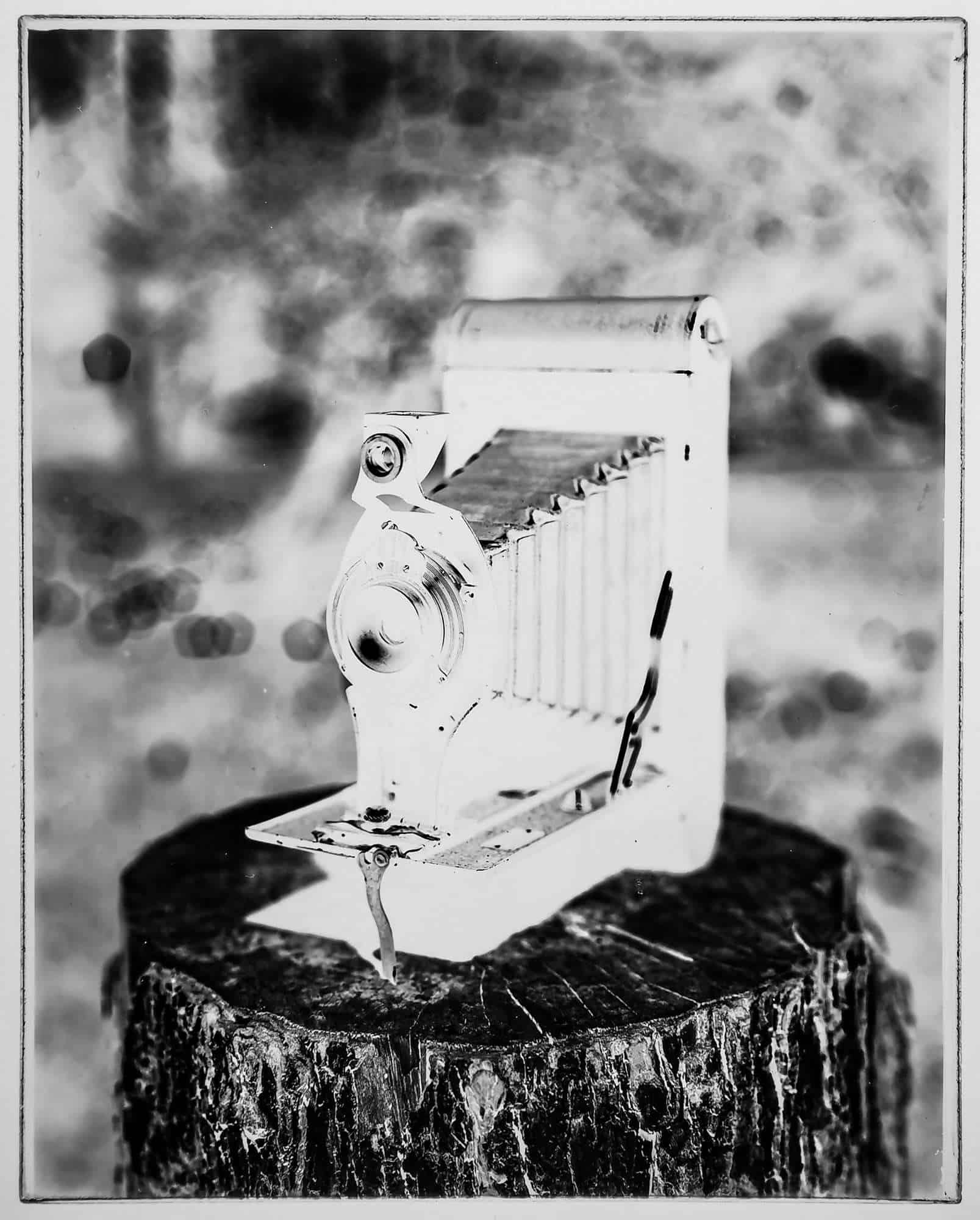
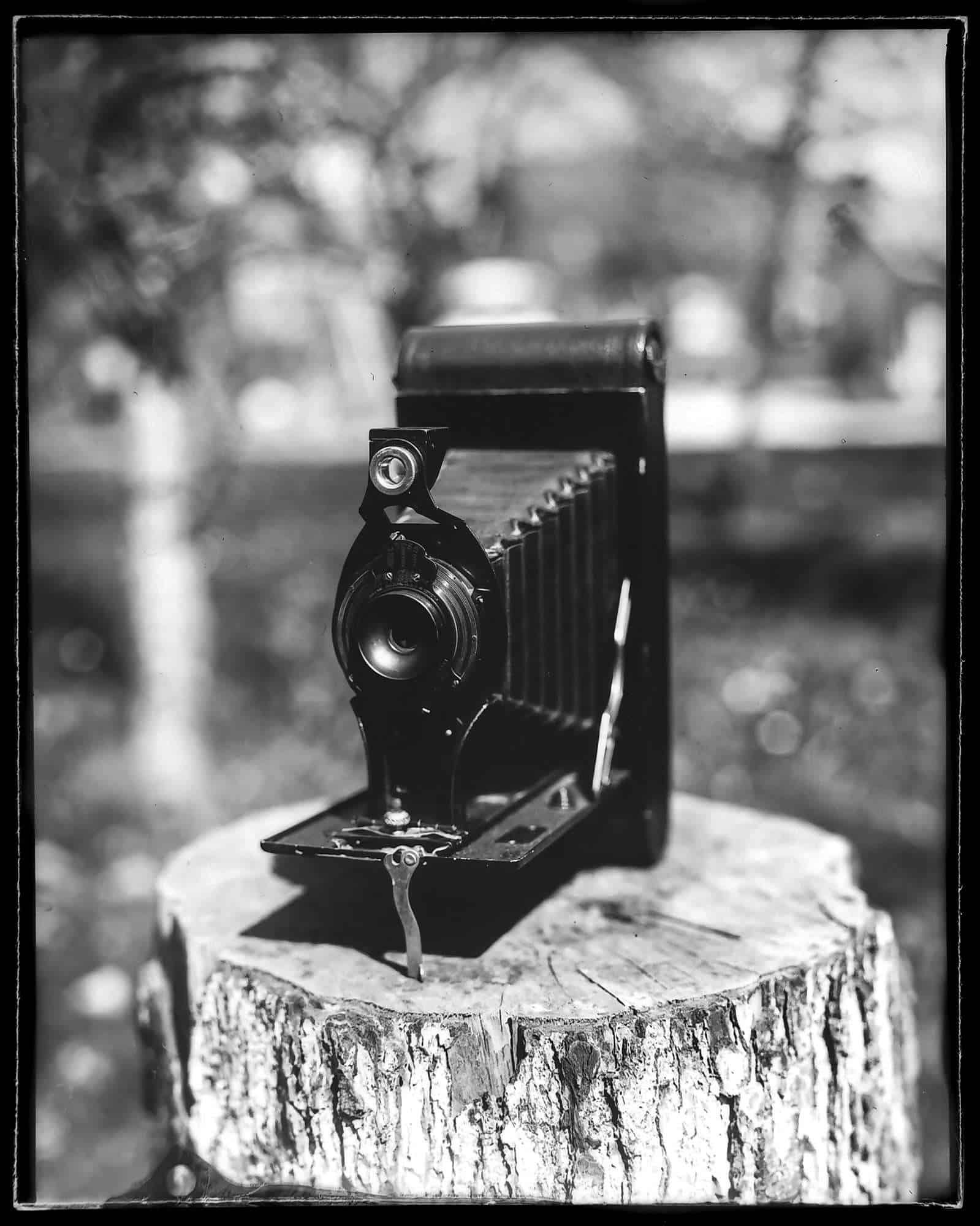
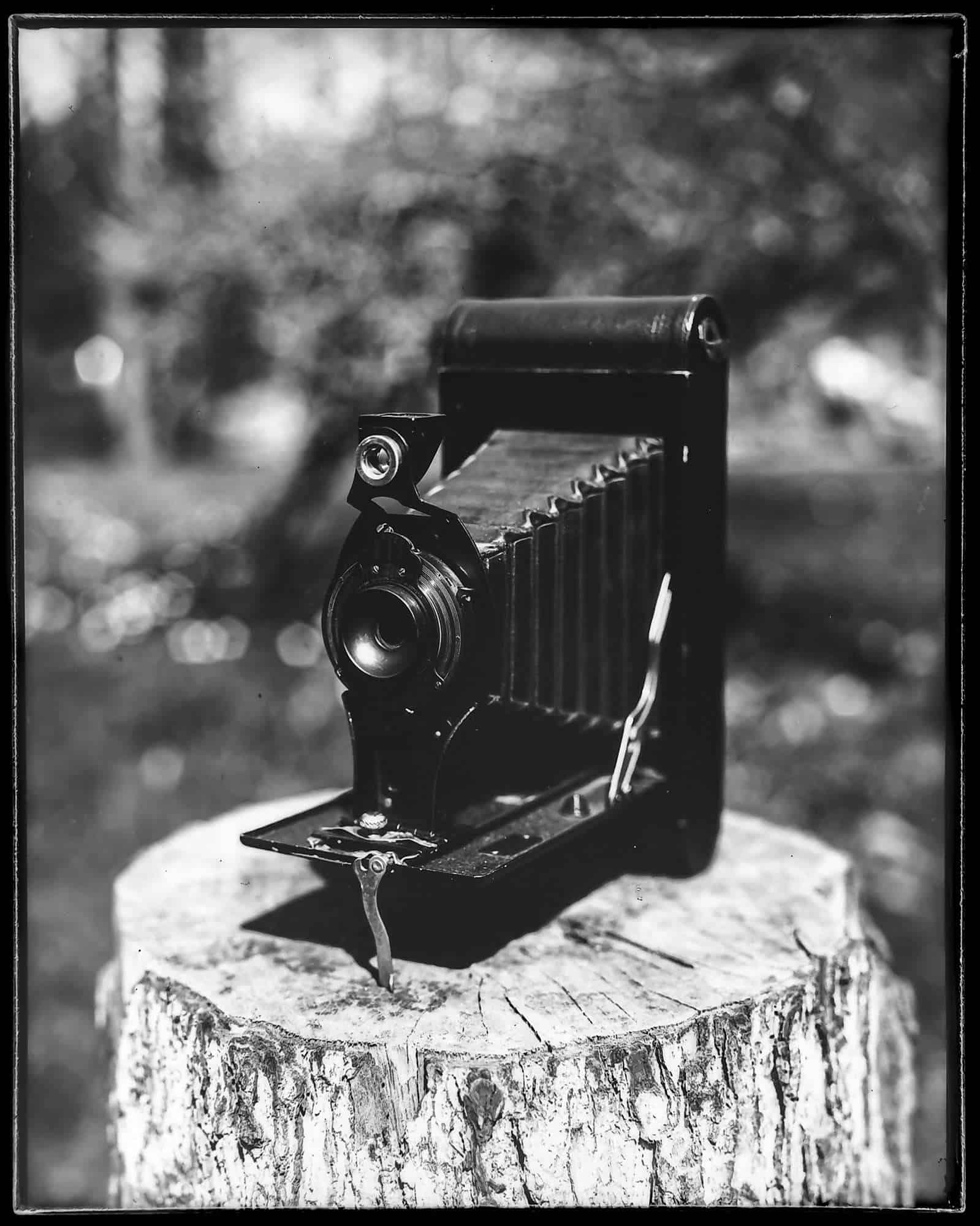
510 Pyro vs HC-110
PROS:
- Superior sharpness
- Better separation in the highlights
- Very Economical
- Even longer shelf life than with HC110
- Not that hard to get
CONS:
- Only usable once
- If you do not submerge the whole plate at once immediately you will be left with a line
- It can leave stubborn stains if not cleaned properly
Will I switch from Kodak HC-110 to Pyro?
Kodak HC-110 has been my preferred Dry Plate developer for years but to be honest 510 Pyro is a real contender. I like how razor sharp it is and how well it handles the shadows. The fact that I have to use fresh developer is not really practical as you are mixing and measuring the temperatures all the time. But hey I proved that it develops plates very well so I will keep on testing further and who knows maybe it becomes my go to developer.
I also added 510 Pyro developer to the DEV. CHART in Zebra Dry Plate User Manual
Thank you for reading and catch you guys soon 🙂

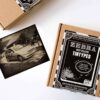

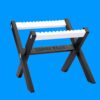
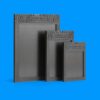
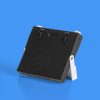
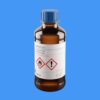
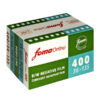
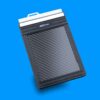
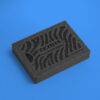

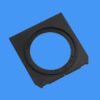
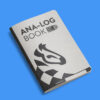
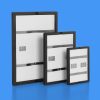
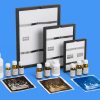
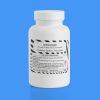
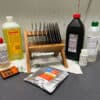
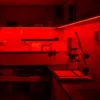
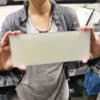
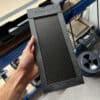
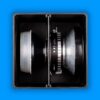
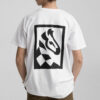
There is definately a great deal to learn about this issue.
I like all of the points you made.
You are welcome 🙂
An interesting fact with pyro developper is that they may produce negatives also suitables for alternative process.
Indeed. Since it introduces additional staining the negative ends up beeing much more even in terms of tonalities making contact printing that more enjoyable 🙂
Hello Nejc,
I have the dry plates and the beautifully made plate holder I ordered from you. I am about to do a test exposure and will develop in 510 Pryo. Would you recommend a stand development? I have seen conventional film processed in Pryo at 1:500 for 1 hour!! ( with one inversion at 30mins to avoid bromide drag) and the results were brilliant. ( I am going to use my Stearman Press tank) Do you need to use an alkaline fixer to preserve the pyro stain which adds to the overall sharpness and contrast control I believe.?
Also would a colour temp meter be useful to determine the UV value of the light for exposure?
I absolutely love what you are doing and wish you all the best of luck and keep making plates. I will be ordering more soon.
I have been shopping for dry plates – found you 👍🏻
I have been shooting old Ilford 4×5 plates with great success.
My preferred method of development has been with Pyro HD as a 2 bath – 4 minutes in A & 5 minutes in B. This 2 bath method has given me a safety margin with the highlites although it results in a lower contrast flat negative excellent for scanning but will need higher contrast filtration for wet printing and likely would be difficult to achieve enough contrast in a alt type print without testing various %age mixes of chems.
I will be ordering new plates soon and after testing for exposure and dev times with Pyro HD, I’ll come back with my results.
Cheers
Thank you Phil for sharing and your support!